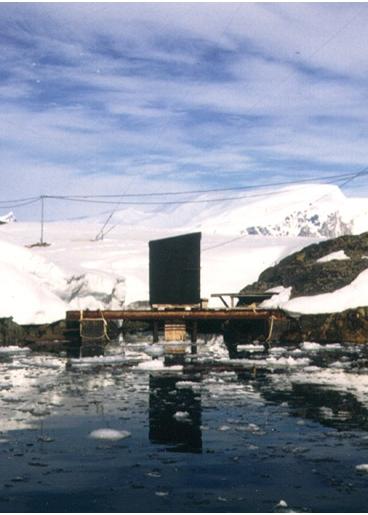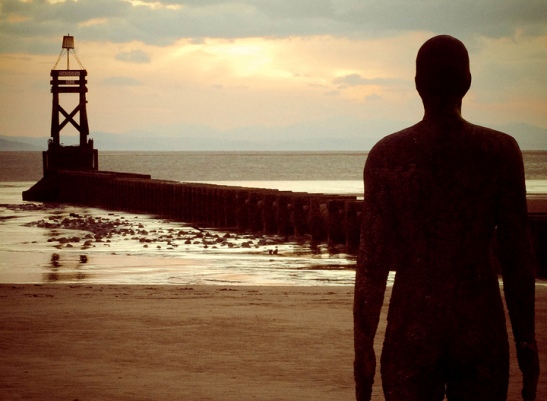Most of the earliest sea level data records come from commercial or military ports. Having a record of the tide was important for ship navigation. Sea level records were also important tools in the establishment of a national datum, or zero level, to which heights on maps would be referred.
Some of the earliest tide gauges (which have given us some of longest sea level records in the world) were housed in specially designed huts. Because of their age, a lot of these buildings are of unique and interesting design. Below are a few examples.

From Wikipedia:
“The Kronstadt sea-gauge with the tide gauge pavilion is a zero-level of the Baltic system depths and heights. All depths and altitudes (even the heights of the flight spacecraft) in Russia and some other countries (former Russian Empire) are measured from the level of Kronstadt sea gauge. Yuri Gagarin, the first spaceman in the World, ironically said in 1967 that this is it the Hub of the Universe.”
The sea level has been measured at Kronstadt (although not always at the same location) since 1777, making it one of longest sea level records in the world.
Some more tide gauge buildings:

Ystad, Sweden. Sea level has been recorded here since 1887. Photo by Anders Lagerås.

Leixões tide gauge, Portugal. Built 1890.

Port Arthur, Tasmania, Australia. First recordings were made in 1841.

Waterfront clock tower – Cape Town, South Africa, built in 1882. Photo by Michael Coghlan.

Vernadsky hut, built 1958. Longest tide gauge record in Antarctica.

Stockholm-Skeppsholmen, installed in 1889. Sea level has been recorded in Stockholm since 1774. Photo by Thomas Hammarklint.

Newlyn’s tide gauge is located here. Operational since 1915.
The Tidal Observatory was established to determine the mean sea level used as the starting point for levelling in the UK. A brass bolt on the site is the benchmark for the whole of the United Kingdom. All Ordnance Survey map heights are referenced to this point.
The height of the benchmark was established over a six-year period from 1915 to 1921. Visual observations of water level on a tide staff were made every 15 minutes, 24 hours a day, 365 days a year. From the data collected over this period, mean sea level was caculated and this vertical level marked with the bolt.












